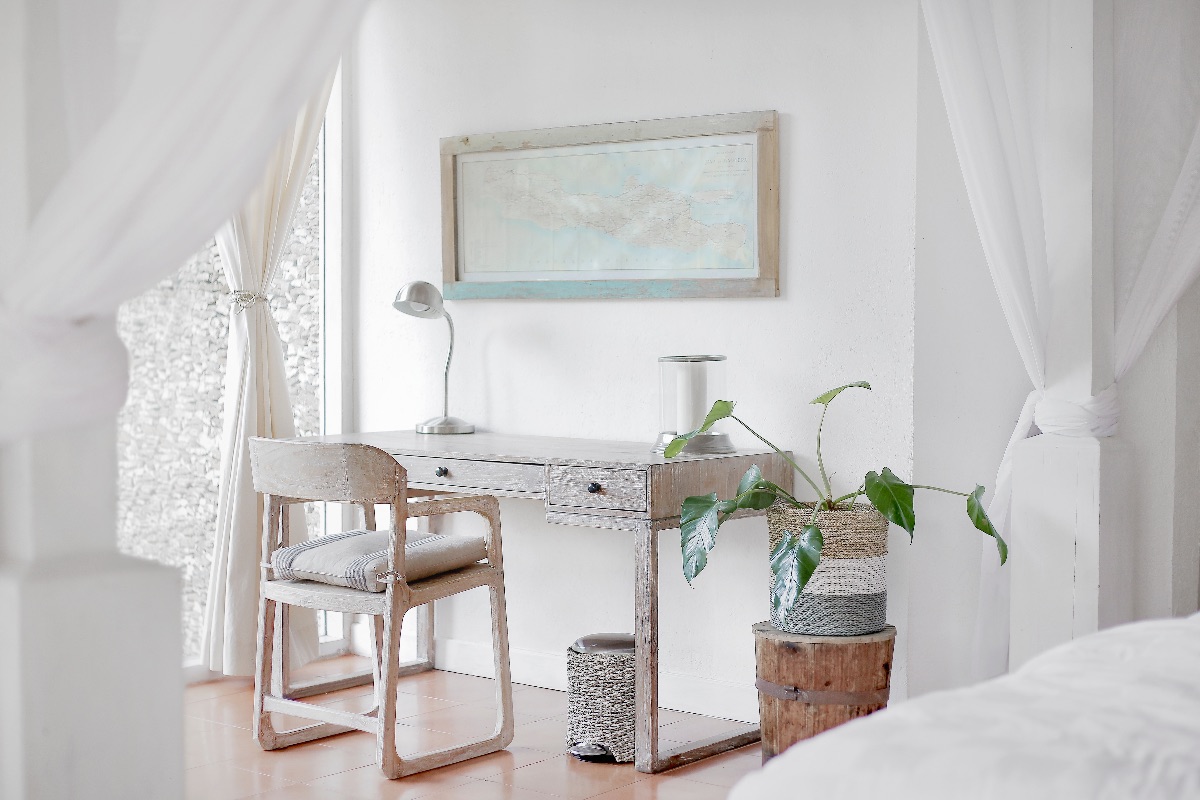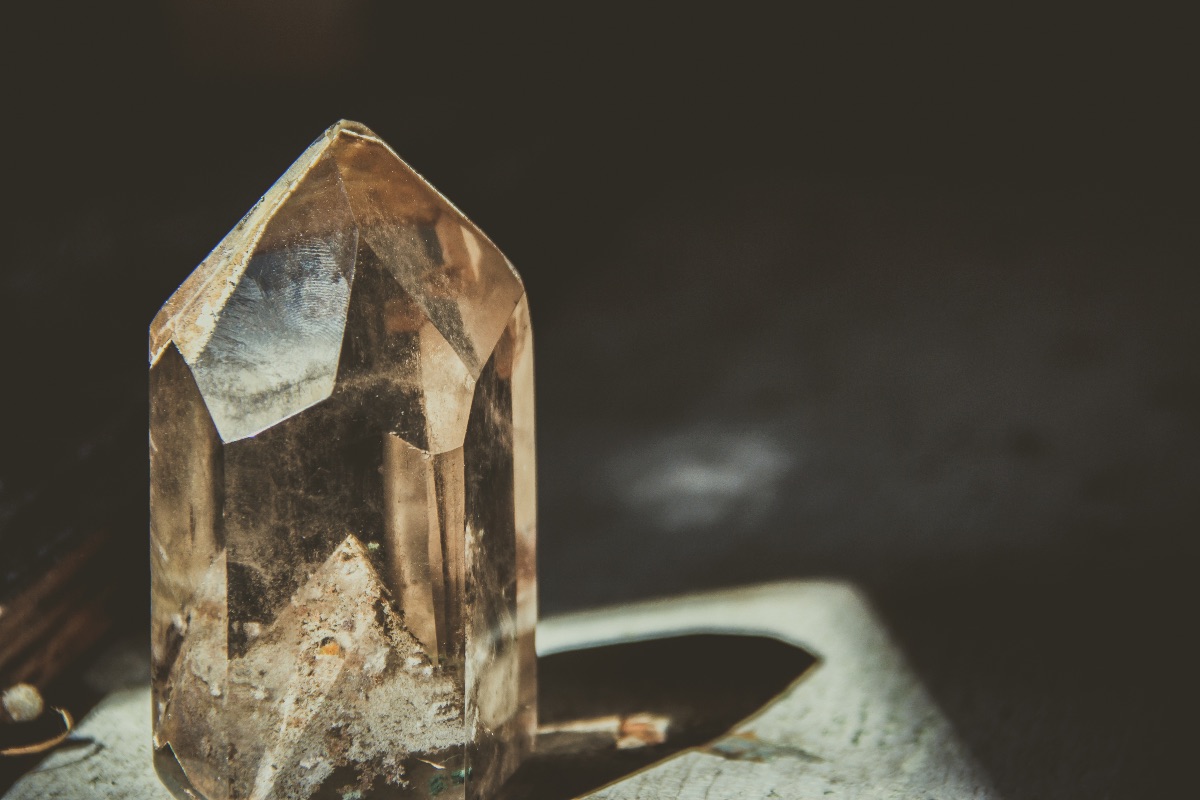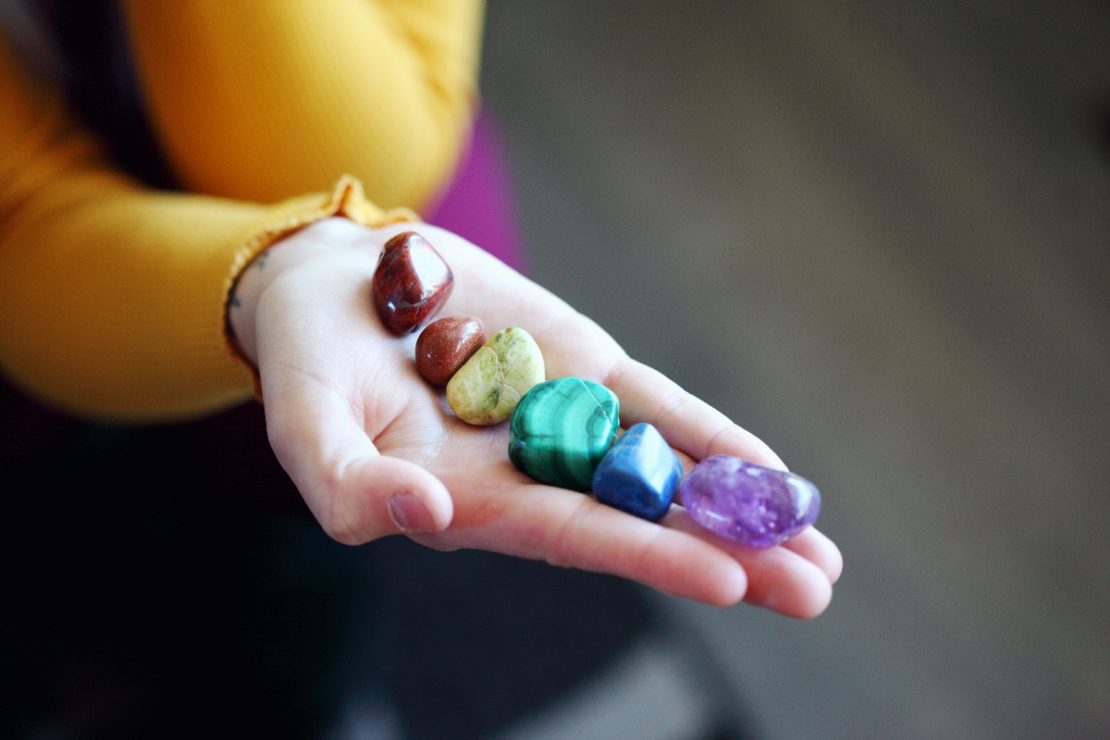
How To Use Chromotherapy And Gemstones For Mind-Body Balance
A core ayurvedic teaching is that all things in nature are comprised of the five elements: earth, water, fire, air, and ether. The five elements exist in a very real way and also represent qualities or energies within us and within the natural world. When it comes to choosing appropriate foods, herbs, aromas, and other remedies, it is vital to understand the qualities of the individual, as well as the energetics of the foods, herbs, etc. that are being received.
Chromotherapy and gemstones are wonderful tools that can be utilized in order to bring about harmony and balance. This article will explore chromotherapy and gemstones that are beneficial for your dosha, and ultimately, mind-body balance.
Chromotherapy And Gemstones For Mind-Body Balance
Before we dive into the use of gemstones, let’s take a brief look at the role of chromotherapy (color therapy) in Ayurveda. Chromotherapy and gemstones are closely linked, as gemstones are a more potent form of chromotherapy. However, just like gemstones, colors may either have an aggravating or harmonizing effect on the doshas (Frawley, 2000).
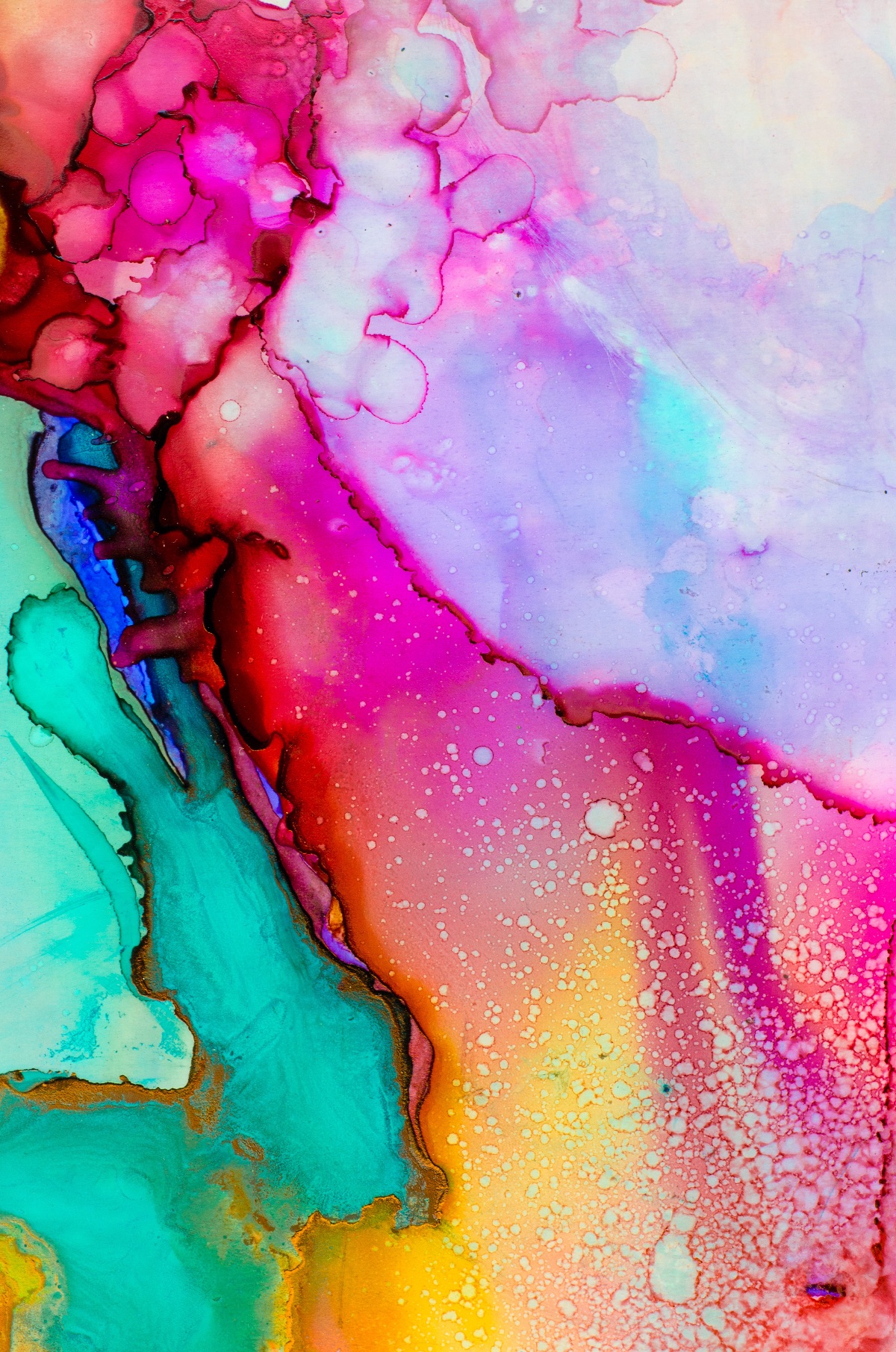
Chromotherapy: Balance Through Color
As mentioned earlier, Ayurveda teaches that all things in nature are made of a combination of the five elements. The particular balance of the five elements within a color, scent, or herb is its energetic expression. The table below outlines the energetics of the major colors in terms of each colors associated elements and doshic effects. When you see a “+” sign after a dosha, it means that the color increases or aggravates that dosha. A “-” means that the color decreases, reduces, or pacifies that dosha. A “=” means that the color has a neutral effect on that dosha (Halpern, 2012).
| Color | Elements | Effect on Doshas |
| brown | earth, water | kapha+ vata- pitta- |
| red | fire, air | vata+ pitta+ kapha- |
| orange | fire, air, water | pitta+ vata = kapha- |
| yellow | fire, ether, air, water | pitta+ vata- kapha- |
| green | air, water, fire | pitta+ (ex)* vata- kapha- |
| blue | air, ether | vata+ pitta- kapha – |
| purple | fire, air, ether | vata- kapha- pitta+ |
| violet | air, ether, fire | pitta- kapha- vata+ |
| gold | fire, water, earth | vata, pitta, kapha= |
| black | all elements, predominantly earth | vata+ kapha+ pitta+ (ex)* |
| white | ether, water | pitta- kapha- vata+ (ex)* |
- Aggravates the dosha only if used in excess.
As you can see, each color possesses complex qualities and has the power to impact one’s energetic balance by either increasing or decreasing the doshas. It may also be helpful to view these colors grouped according to their impact on the doshas. If a color is listed as pacifying to a dosha, it means that if you predominate in that particular dosha, that color is helpful to you because it balances or reduces that dosha (Halpern, 2012).
| Pacifies Vata | Pacifies Pitta | Pacifies Kapha |
| orange, yellow, green, gold, brown, purple | gold, blue, white, brown, violet, black | yellow, green, gold, blue, white, violet |
Practical Ways To Play With Color
In terms of how to incorporate chromotherapy into your everyday life, the sky (or shall I say the rainbow) is the limit! Here are a few ideas (Halpern, 2012):
Attend to Your Painter’s Palette
If you are thinking about repainting the inside of your home or workplace, use the doshic color guide to help inform your paint selection. The colors that we wake up to and come home to on a daily basis can have a tremendous effect on our outlook, as well as the overall mood and feeling of a room.
Furniture and Upholstery
While I am not suggesting that you do a complete home and office makeover today, the next time you decide to replace your furniture, curtains, bedding, and other home decor items, you can make a smart selection based on what you now know about colors and the doshas.
Clothing and Accessories
The next time you go shopping or swap for new clothing, jewelry, or accessories, you may want to bear in mind the colors that are most balancing for you. It is also interesting to observe the colors that predominate in your closet right now. By scanning over your wardrobe to observe its color pattern, you can reflect on whether or not your current choices are optimal.

Make a Color Chamber with Tinted Lights
You can choose a single room in the house with which to do this. Colored lights are relatively inexpensive and may be less of a hassle than purchasing new furniture or repainting your home interior. Simply fill the room’s light fixtures with bulbs in your focus color. Additional lamps can be brought in to amplify the effects.
Drink in Color!
Colored glass mason jars are available for purchase both in stores and online. Fill a colored mason jar with water and let the water sit for a few hours to absorb the color’s energetic vibrations. Then enjoy your water! If you have trouble finding a glass jar in your particular desired color, you can achieve a similar effect by wrapping colored paper or fabric around a water-filled jar. Place the wrapped water-filled jar in the sunlight for an hour so that the sun rays can help transmit the color vibrations into the water. You will want to make sure that the paper or fabric is thin enough so that the sun rays can reach your water through the wrapping.
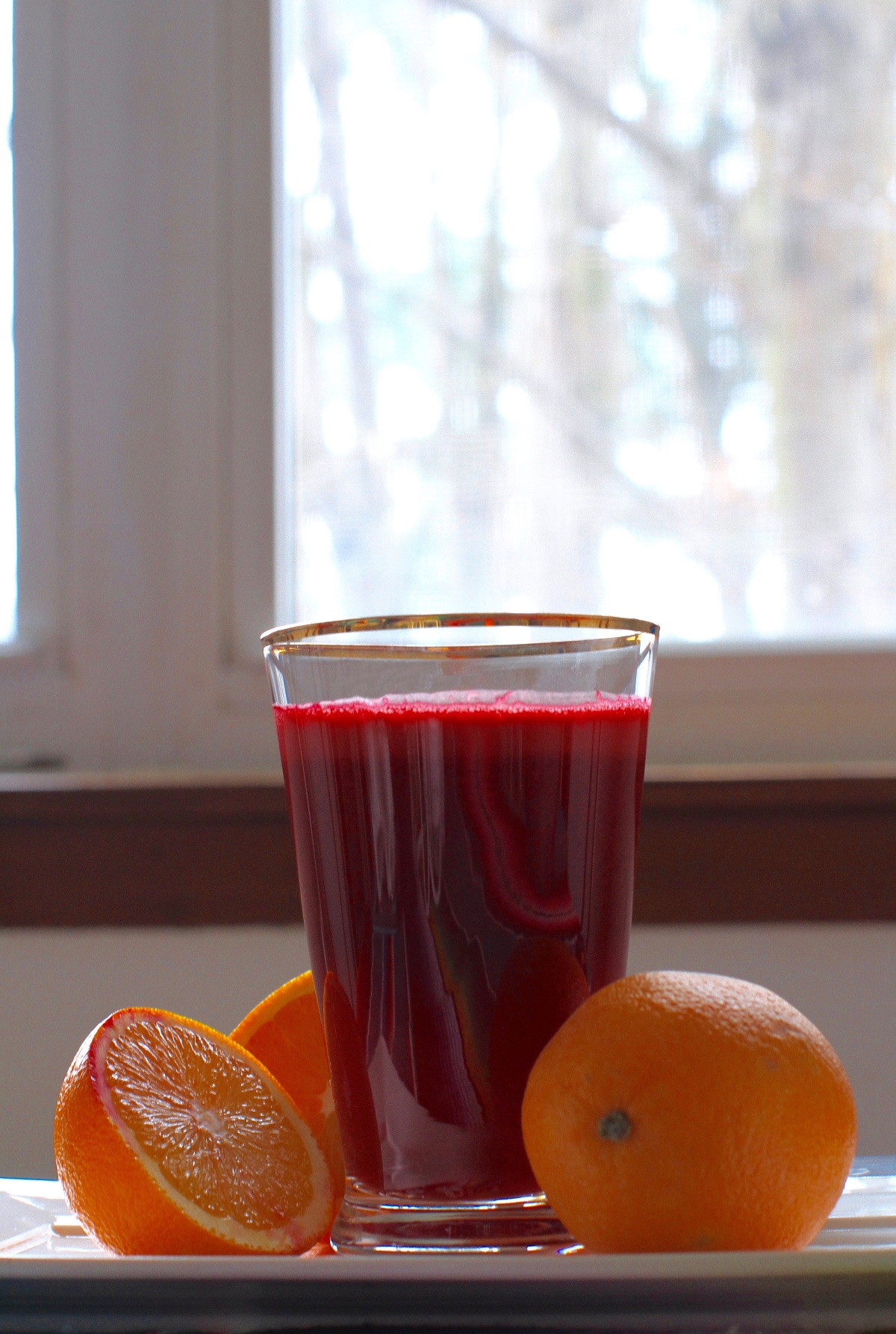
Flowers and Other Decorations
Natural objects can really light up a room. Not only do flowers and other natural decorations add life, warmth, and vibrancy to a space, but by carefully selecting these objects, you can work on balancing your constitution.
Gemstones: Let There Be Light
Gemstone therapy is classically an important aspect of Vedic Astrology, the astrological system that stems from the ancient Vedic culture of India. Ayurveda deals primarily with physical health. However, Vedic Astrology is used to balance prana (life force), the mind, and the subtle body (Frawley, 2000).
In order to fully appreciate how to use gemstones for their harmonizing effects, an understanding of astrology is needed. As mentioned earlier, gemstones can be viewed as supercharged colors. Due to their potency, it is helpful to consult with a jyotish (Vedic astrologer), particularly before working with the more valuable gemstones such as diamonds, rubies, emeralds, and sapphires. However, even without specific astrological knowledge, we can make strides in incorporating gemstones for their harmonizing effects. By learning about their inherent qualities, we can begin to see how these beautiful natural wonders can be used as part of a doshic balancing protocol, especially when it comes to working with the mind and subtle realms.
Renowned ayurvedic teacher and practitioner, Dr. Vasant Lad, eloquently summarizes the interplay between light, energy, and gemstones: “Light is energy. Light is vibration…The different frequencies of light are responsible for color…Gemstone crystals are frozen light” (Lad, May 5, 2017, part 2 ). In this same lecture, Dr. Lad goes on to discuss how gemstones work on the subtle, energetic realms, and at the same time, are quite potent for their power to influence our lives and well-being over time. Dr. Lad reminds us that, much like Ayurveda as a whole, gemstones are not a quick fix. Rather it is their cumulative effect over time that makes a difference (2017). Below is a summary of some of the major gemstones along with descriptions of their doshic and energetic attributes.
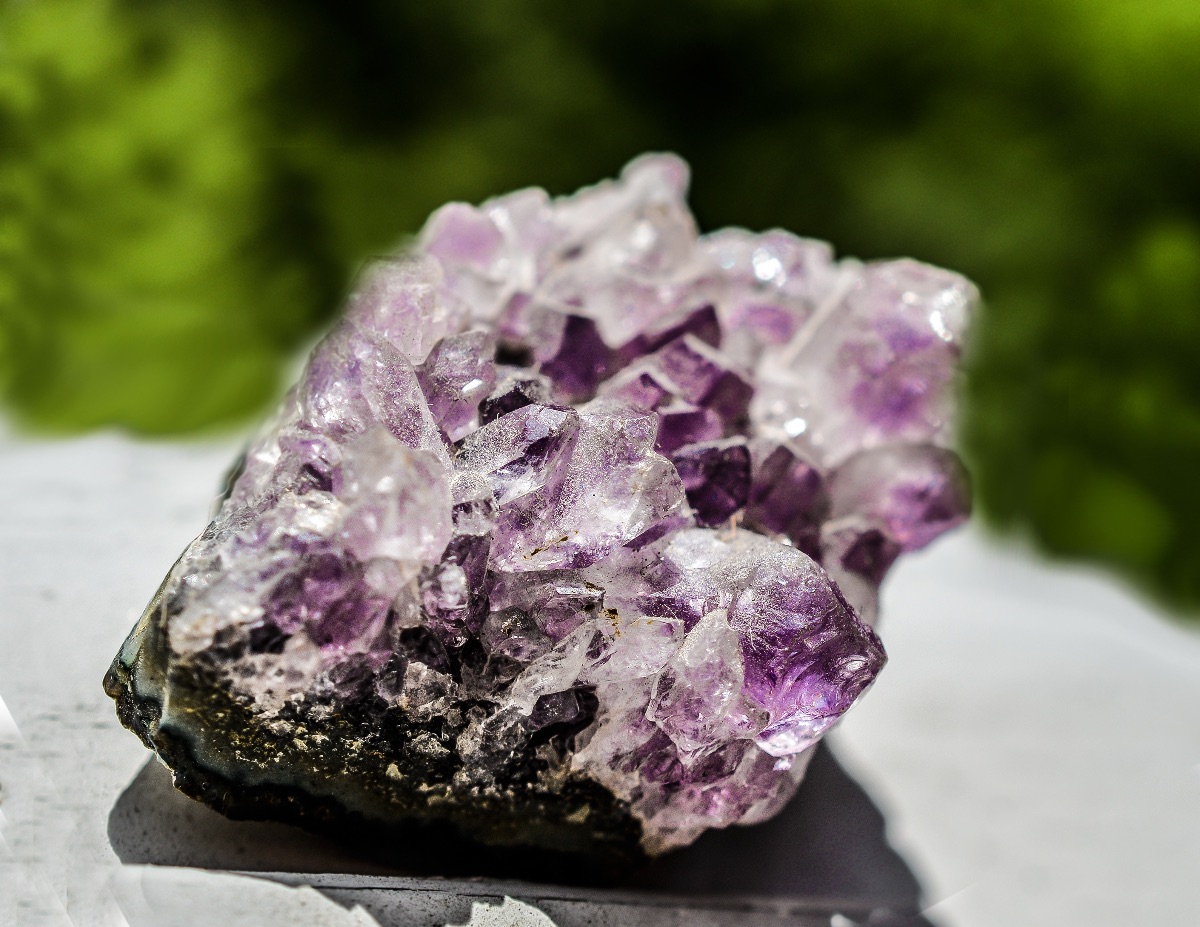
Gemstones For Your Dosha
Ruby represents the sun and solar energy and is made of fire, air, and ether (Frawley, 2000). Its warming energy is balancing for vata and kapha doshas, but pitta doshas should take caution with ruby. This lovely red colored stone is warming and pungent. It is said to be good for the heart, circulation, and memory. Ruby may also be recommended for enhancing self-confidence (Frawley, 2000).
Pearl, on the other hand, represents the moon and is made of water, earth, and ether (Frawley, 2000). It pacifies pitta dosha, calms vata, and increases kapha (Lad, 2017). With its cool, nourishing, lunar energy, pearl is said to calm the nervous system and promote the increase of bodily fluids. It is a good general strengthener for women and infants (Frawley, 2000).
Emerald has a slightly cool energy and is said to be made of water, air, and ether. It increases kapha while harmonizing vata and decreasing pitta. Emeralds relate to the planet Mercury, and thus, communication. Emerald is said to improve speech, intelligence, and ease of communication (Frawley, 2000). It is a good stone for speakers and writers (Lad, 2017).
Diamond is a very powerful stone. It is considered to be an ojas builder, ojas being the subtle essence of the immune system. Diamond is good for love and intimacy, but to be sure one should consult with a jyotish for a recommendation on a good marriage stone. Another option is to choose a ring without a stone (Lad, 2017). Diamond has a slightly cool energy and is made of ether and water. It increases kapha and decreases vata and pitta (Frawley, 2000).
Yellow sapphire has a slightly warm energy. It is made of the ether, fire, and water elements. It decreases vata, balances kapha, and may increase pitta due to its warming energy. Like the diamond, yellow sapphire builds ojas and is considered to generally promote vitality, energy, and general health (Frawley, 2000).
Blue sapphire possesses a cold energy and is comprised of ether and air. Being that vata is also made of ether and air, blue sapphire increases vata, yet decreases pitta and kapha. Blue sapphire is used in Ayurveda for promoting calm and peace. Also, the color blue is special in Ayurveda as it is considered to have anti-tumor capabilities. This, of course, does not mean that those with tumors should treat their illness exclusively with blue sapphire (Frawley, 2000). However, working with gemstones can provide a wonderful complement to other alternative or conventional treatments.
Some other noteworthy stones are amethyst and citrine. Amethyst is tridoshic, meaning that it is suitable for all three doshas. According to Dr. Lad it is helpful for safety in travel. He recommends putting a small amethyst in your pocket to assist in trouble-free travel. Citrine is broadly considered to be the stone of success. It correlates to Lakshmi, the goddess of wealth. Dr. Lad recommends wearing citrine on Fridays, the day of luxury, or placing a citrine stone in your money box (2017).
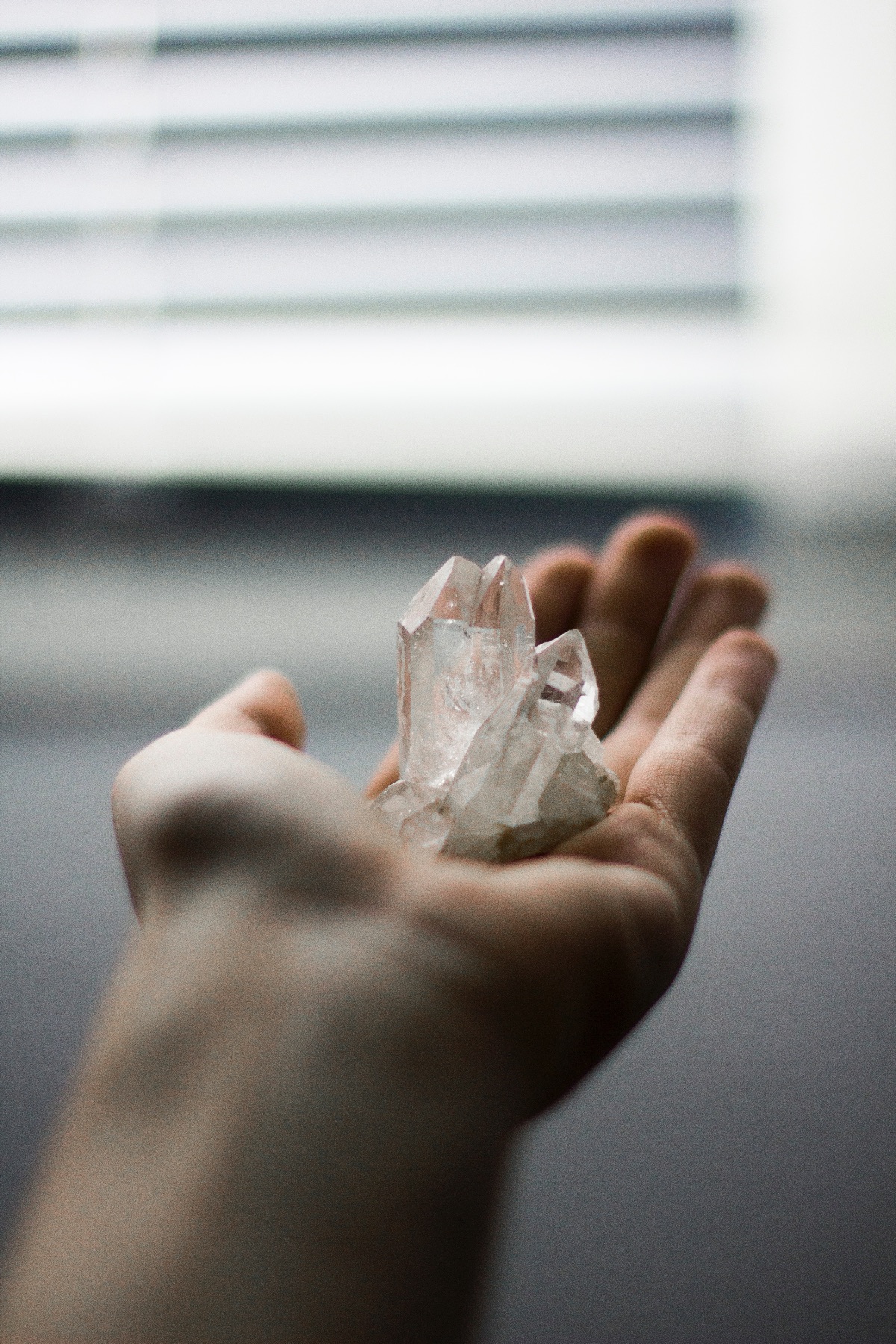
Though gemstones are a very appealing and beautiful tool, you are likely not alone if your jaw is dropping at the potential cost. Rest assured there are less expensive analogous options for each of the precious stones mentioned above. When looking for alternatives, let color be your guide. For instance, garnet is a suitable alternative for ruby. Blue topaz or amethyst may be used in lieu of blue sapphire, and peridot or jade for emerald. Clear stones such as quartz crystal or white sapphire may be substituted for diamond (Frawley, 2000).
If you really want to make a gemstone work for you, it is important that the stone is of ample size and that it touches the skin. For instance, if you decide to wear a citrine ring, you want the stone set in such a way that it touches the skin. A simple stone pendant worn as a necklace also works well, as do bracelets. The most valuable gemstones, such as emeralds, should be two or more carats, whereas the less expensive options, such as jade, should be four or more carats (Frawley, 2000).
Again, gemstones and colors work with your mind and your subtle, energetic aspects. This means, if you are looking for a silver bullet or a quick fix, you will likely be disappointed. However, bringing awareness to how you incorporate color and light in your life may have a profound effect over time. Also, chromotherapy and gemstones can be a delightful and beautiful way to experiment with the impact of vision, light, and color in your life.
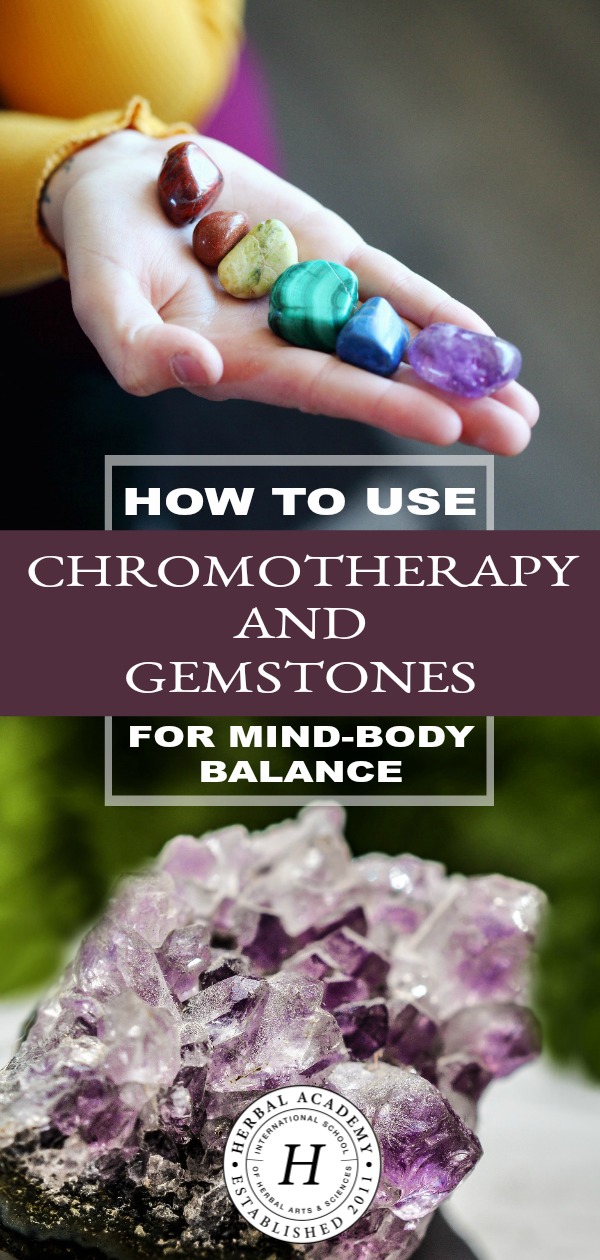
REFERENCES
Frawley, D. (2000). Ayurvedic healing: A comprehensive guide. Twin Lakes, WI: Lotus Press.
Halpern, M. (2012). Principles of ayurvedic medicine. Nevada City, CA: California College of Ayurveda.
Lad, V. (2017). Vibrations of light: Using gemstones and crystals for healing and protection. [Video]. Retrieved from https://www.ayurveda.com/videostream/

